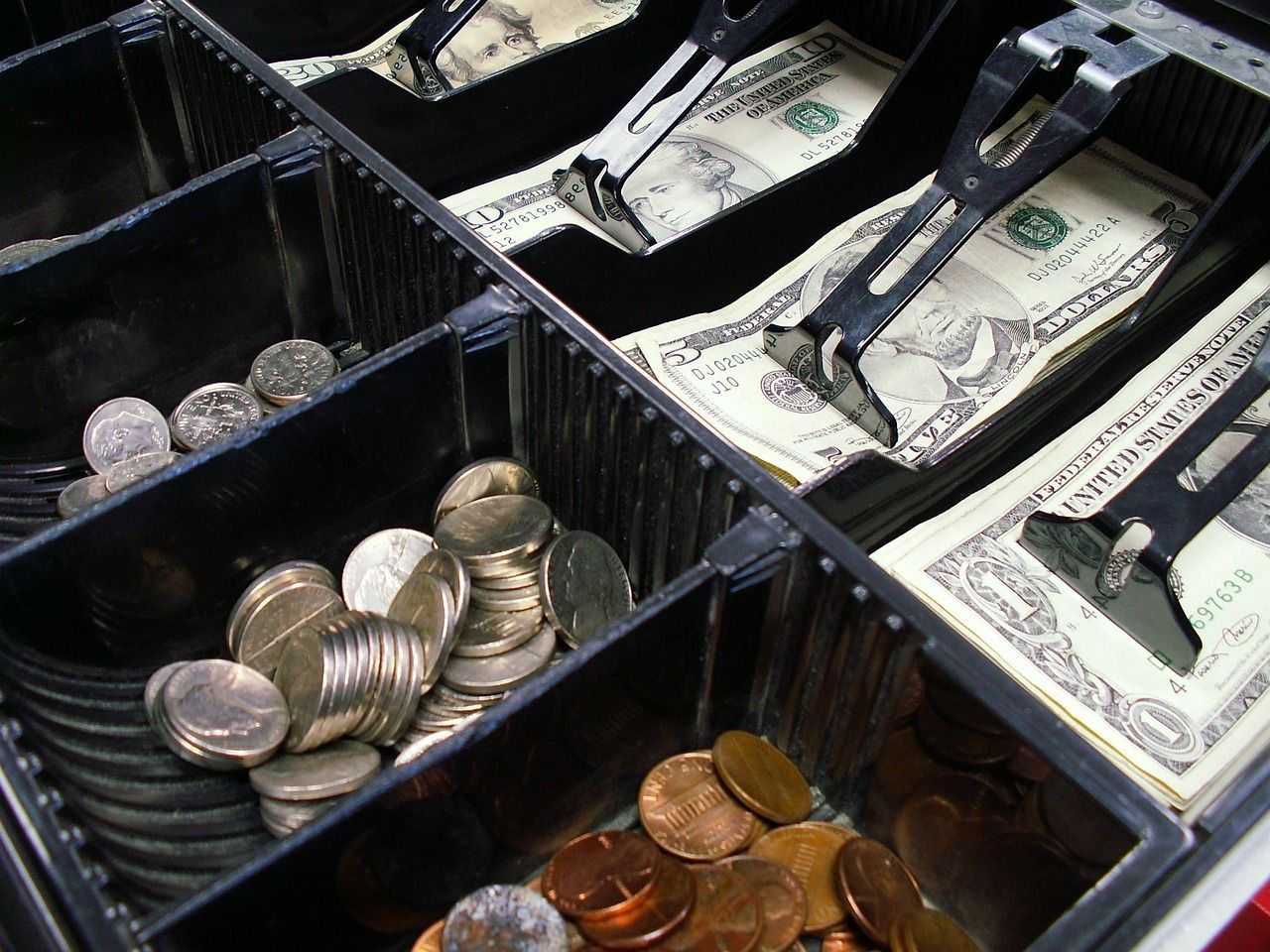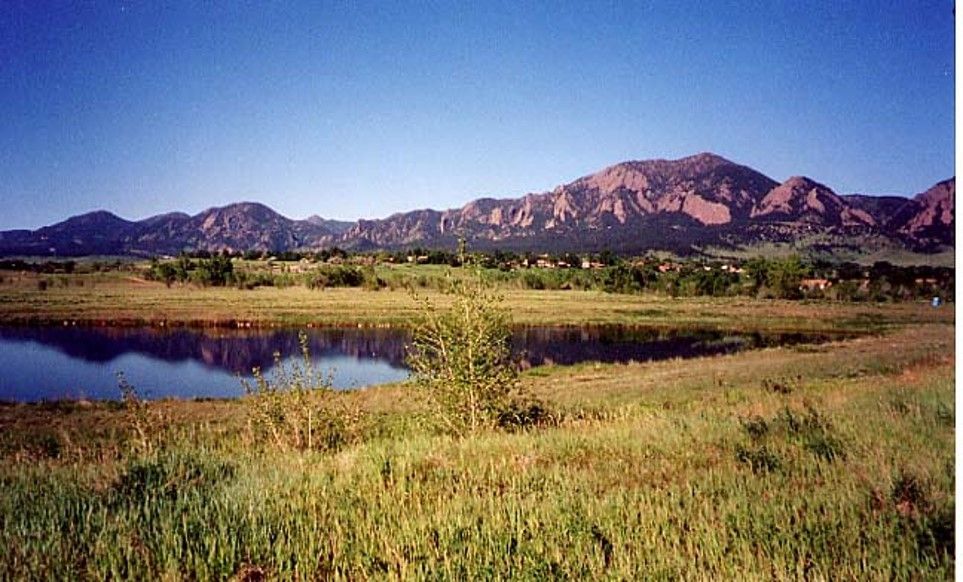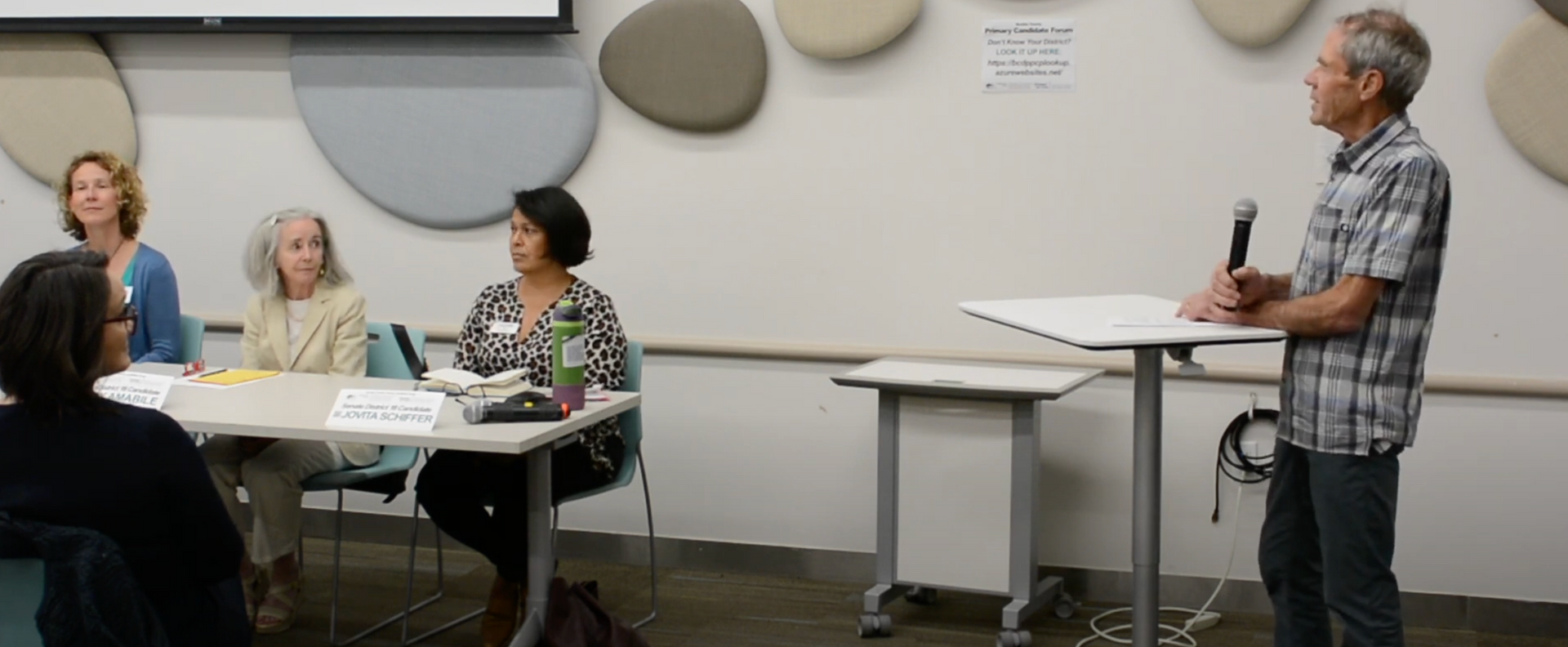2026 Boulder Budget - Transportation Maintenance Fee
The 2026 Budget is set to levy a new fee on all property in Boulder.
Transportation Maintenance Fee
The 2026 Boulder budget includes a new fee that will be levied on all properties in Boulder [1]. The purpose of this fee is to assess the fair share of a property on the transportation system.
Single family homes will pay $54 per year. Multi family will pay $42 per year for every dwelling in a building. Commercial rates for a variety of categories including Retail, Office and Industrial will be calculated on a square foot basis. Private schools will pay on a per student basis.
The University of Colorado, Boulder Valley School District and RTD are exempt from the fee. As are Amazon Delivery, UPS, FedEx and DHL.
Since this surcharge is a fee and not a tax, there is no requirement for a vote under TABOR. Likewise, annual increases of the fee require only a vote of the council.
For reference, Boulder has used fees (service charges) to fund maintenance and expansion of the Water system for over 10 years. Over this period service charges have steadily increased. Table 1 below shows the inflation of water service charges.
The long term financial strategy process that gave birth to this new fee seeks to “Protect underfunded core city services like parks, transportation and public safety”. This involves moving funding for these services from sales tax revenues such as the Community, Culture, Resilience and Safety (CCRS) tax to fees levied on properties in Boulder. [2]
In fact, the CCRS which was originally promoted as a way to deal with the backlog of transportation maintenance, is seeking renewal in the upcoming election. Not because it is expiring, but because the city is currently maxed out on its bonding capacity and by extending the expiration date of the CCRS will be able to borrow more money.
The Transportation Maintenance Fee is the first service to get a dedicated fee. For the city, fixed property based fees are desirable because they can be levied on every property equally without any need to consider the condition, size or value of the property.
In many ways this class of fee is an equivalent of a Lump-Sum tax, where everyone pays the same, regardless of income, wealth or even how much they actually use the transportation system. Lump-Sum taxes are a classic example of a regressive tax.
When the Transportation Maintenance Fee takes effect, expect significant yearly increases. In coming years, it is very likely that parks, public safety and city facilities will receive their own dedicated fees that will inflate, unabated into the future. For local businesses, the Transportation Maintenance Fee represents an additional headwind in comparison to on-line retail and will be passed along to the consumer through increased prices. It is also worth noting that sales taxes will not be reduced as a result of this fee.
Sources:
Water Service Charges
Service fees on monthly water bills in the City of Boulder have risen steadily at a rate of 5 to 12% on an annual basis. Over the last 10 years the monthly total of these fees has risen 163%.
According to the city website: "Utility revenue increases are considered by City Council in October of each year as part of the citywide budget process. Rates are set so that sufficient revenues are generated to support operations, maintenance and improvements for each of the city utilities."
| Year | Water Service Charge | Wastewater Service Charge | Stormwater/Flood Service Charge | Stormwater/Flood Management | Monthly Total |
|---|---|---|---|---|---|
| 2015 | 9.67 | 1.43 | 13.46 | 24.56 | |
| 2016 | 10.44 | 1.50 | 14.00 | 25.94 | |
| 2017 | 11.28 | 1.58 | 15.12 | 27.98 | |
| 2018 | 12.18 | 11.11 | 2.50 | 13.11 | 38.90 |
| 2019 | 13.03 | 11.67 | 2.63 | 13.76 | 41.09 |
| 2020 | 13.94 | 12.25 | 2.81 | 14.73 | 43.73 |
| 2021 | 15.06 | 12.86 | 3.15 | 16.49 | 47.56 |
| 2022 | 16.11 | 13.51 | 3.53 | 18.47 | 51.62 |
| 2023 | 17.08 | 14.18 | 3.95 | 20.69 | 55.90 |
| 2024 | 18.44 | 15.32 | 4.35 | 22.76 | 60.87 |
| 2025 | 19.92 | 16.23 | 4.56 | 23.90 | 64.61 |
Table 1. Water Service Charges - 2015 to 2025
Data in Table 1 was extracted from historical water bills on a residential property with a 7,000 square foot lot size and a 3/4" meter. These fees are flat rate, which is to say that they are charged regardless of whether the property uses 0 or 20,000 gallons in a month.











